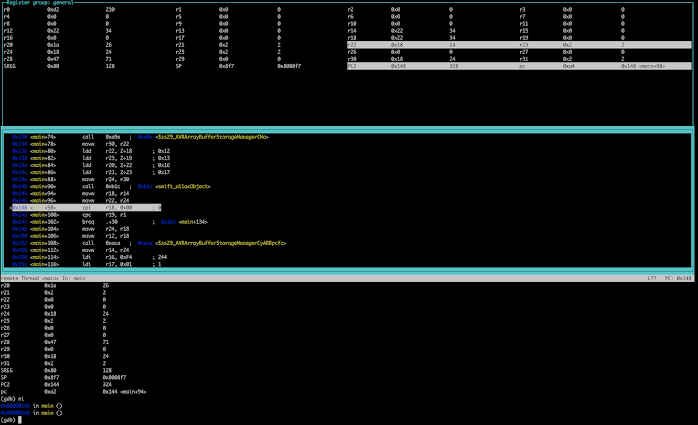Comparing iLEDs
This might seem a bit off topic, but i've never seen the need for this blog to only be about S4A. :)
There are a bunch of RGB LEDs out there that are controlled by a one wire protocol (note: readers, feel free to add any info in the comments section or links to similar comparison blog posts, let's help each other out!)
Most of them are made by world semi, hence the WS part numbers.
Here are some comparison links:
https://www.utmel.com/components/ws2811-vs-ws2812b?id=614
https://www.pololu.com/category/180/sk6812-ws2812b-based-led-strips
https://cdn.sparkfun.com/assets/learn_tutorials/1/0/5/WS2812B_VS_WS2812.pdf
https://www.suntechleds.com/info/ws2813-vs-ws2815-digital-programmablel-led-str-36642316.html
needless to say any of the relatively small family of core ileds are then resold by a variety of manufacturers in a variety of form factors, but fundamentally the code needed to control them is the same for each family
(note, I'm not talking about other chips that are controlled by i2c conformant protocol)
The information on comparisons seems to be hard to find, spread across
this guy claims he describes them all: https://www.youtube.com/watch?v=QnvircC22hU
and another comparison website that talks a lot about voltage drop affecting colours, important for commercial installations: https://www.derunledlights.com/the-difference-between-addressable-rgb-led-strip-ws2811-ws2812b-ws2813-ws2815-sk6812-sk9822/
The hierarchy seems to be: WS2811 was one of the first. It's actually an IC with no leds and was originally a driver chip you bought then attached 3 coloured leds to. You can still get them and sometimes that's better for you. Some people then packaged that with 3 leds inside a unit.
ws2812 was the sequel... a 5050 surface mount all in one component with essentially the same IC in it, but running at 5v VCC instead of 12*... and with the 3 coloured LEDs built on top of it in one neat package. this took off wildly!
ws2812b was an iterative improvement on ws2812, smaller packages, better resilience, etc.
ws2813 was another improvement to handle the specific problem of a dead pixel killing all downstream LEDs, which is important when they're in an outdoor environment for example and repairs are near impossible.
ws2815 is a rare high voltage variant that consumes more power but has less voltage drop so doesn't get the yellowing on long runs.
Also i notice ws2813 and ws2815 can be driven at a higher speed. We may need to adjust the timings on the iLED code to adjust for this.
...speaking of which, in my own experiments, if you're driving this from an arduino and powering from there, you'll only get about 5 pixels with stability, beyond that you need to power the strip separately. It's not just dim, it responds weirdly and acts "buggy".
*cute aside, what do vcc, vdd, vss and gnd mean https://miscircuitos.com/what-are-the-meaning-of-vdd-vss-vcc-vee-and-gnd/


Comments
Post a Comment